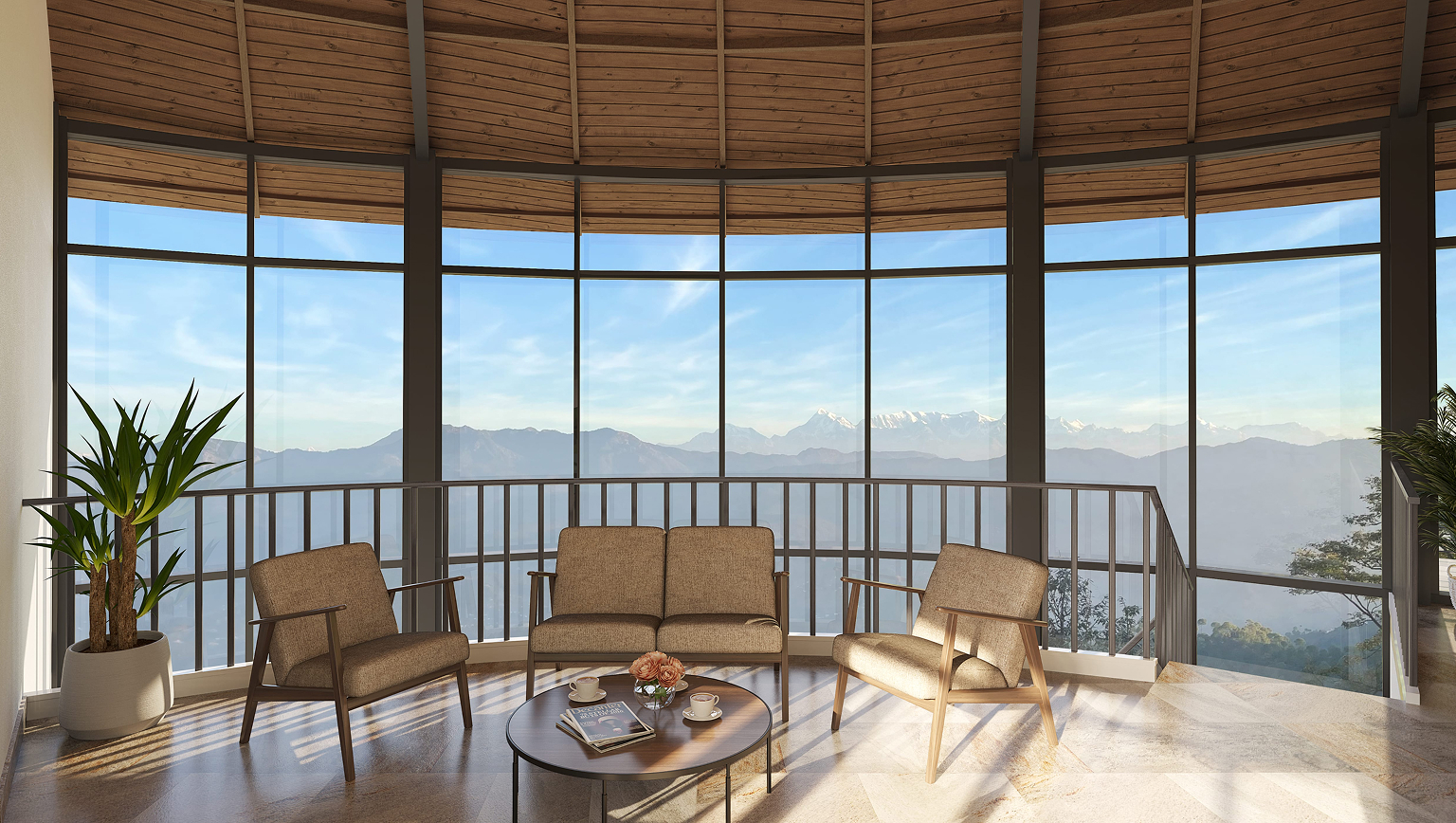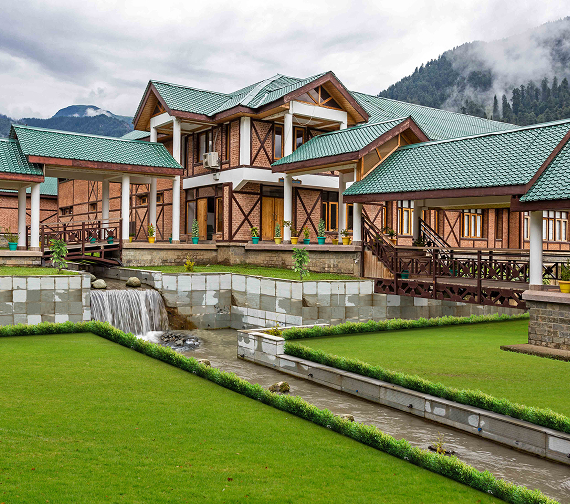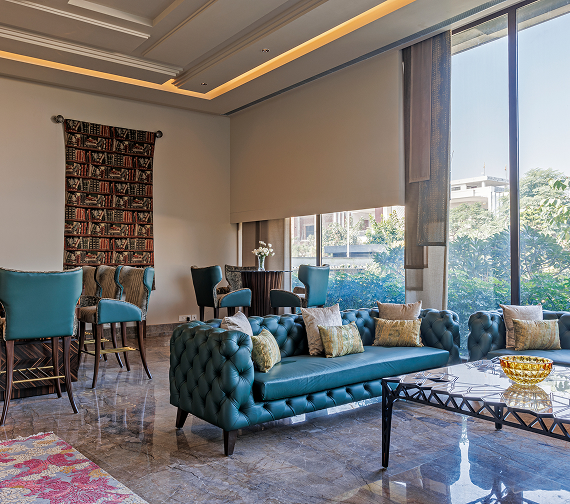
For over three decades, Design Consortium has been shaping environments that seamlessly adapt to diverse altitudes and climates. From the arid plains to the misty hills and coastal stretches, our journey has been one of relentless innovation, research, and learning.
The Challenges of Diverse Terrains
Every altitude and climate comes with unique challenges. At higher altitudes, the air is thinner, and temperatures fluctuate dramatically, while low-lying tropical regions demand resilience against humidity and heat. Mountainous terrains pose logistical hurdles, while coastal areas require solutions for salt-laden air and monsoon storms.

Adapting Through Design Principles
Our experience has taught us the value of tailoring designs to the natural environment. Here are some key strategies we employ:
- Material Selection: Using locally sourced and climate-resilient materials ensures that structures are in harmony with their environment.
- Passive Design Strategies: Harnessing natural ventilation, sunlight, and thermal mass reduces reliance on artificial systems.
- Cultural Sensitivity: Incorporating traditional architectural practices ensures that the designs are both functional and contextually appropriate.
- Resilience Planning: Whether it’s designing structures to withstand earthquakes in hilly areas or accounting for flooding in coastal zones, we anticipate and adapt to potential challenges.

Insights from 30 Years of Practice
Working across altitudes and climates has honed our ability to innovate while staying rooted in environmental responsibility. Our team draws from decades of collaboration with artisans, engineers, and local communities to create spaces that endure and inspire.


